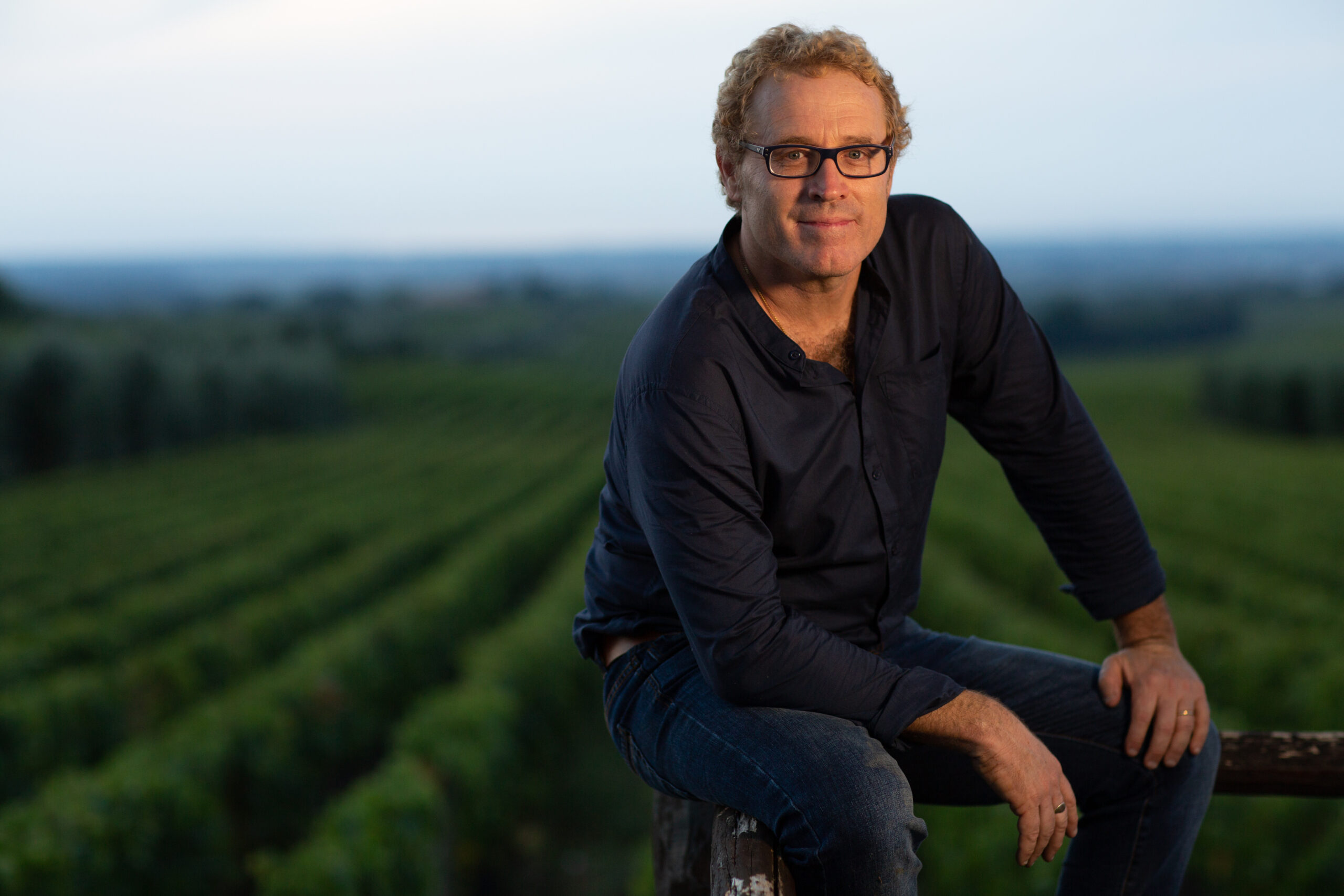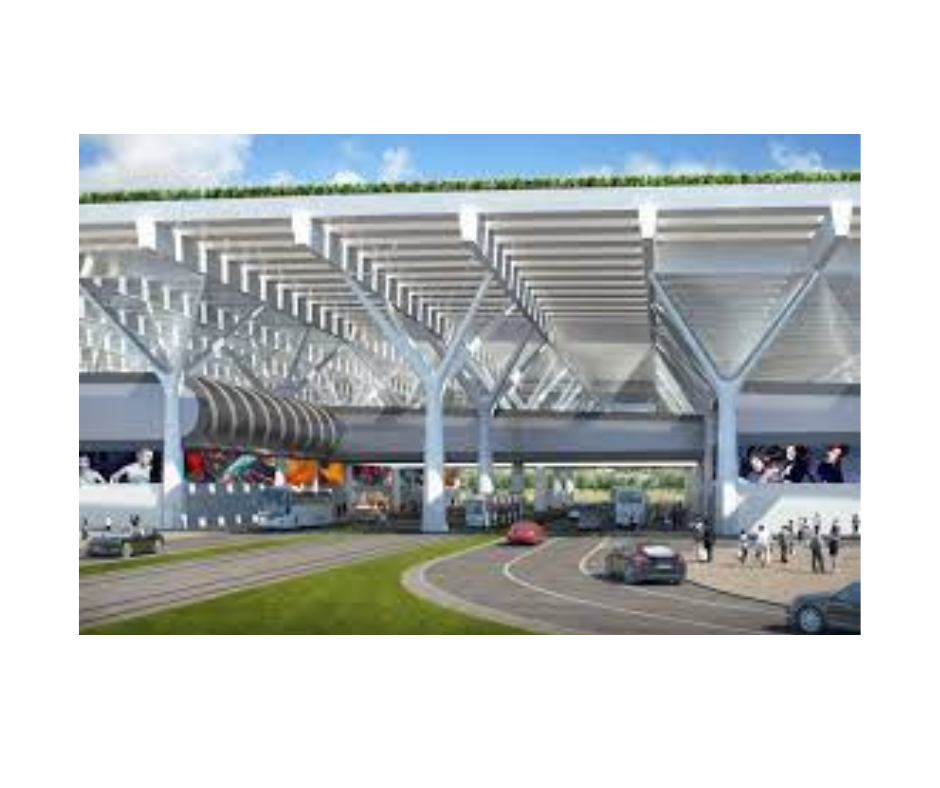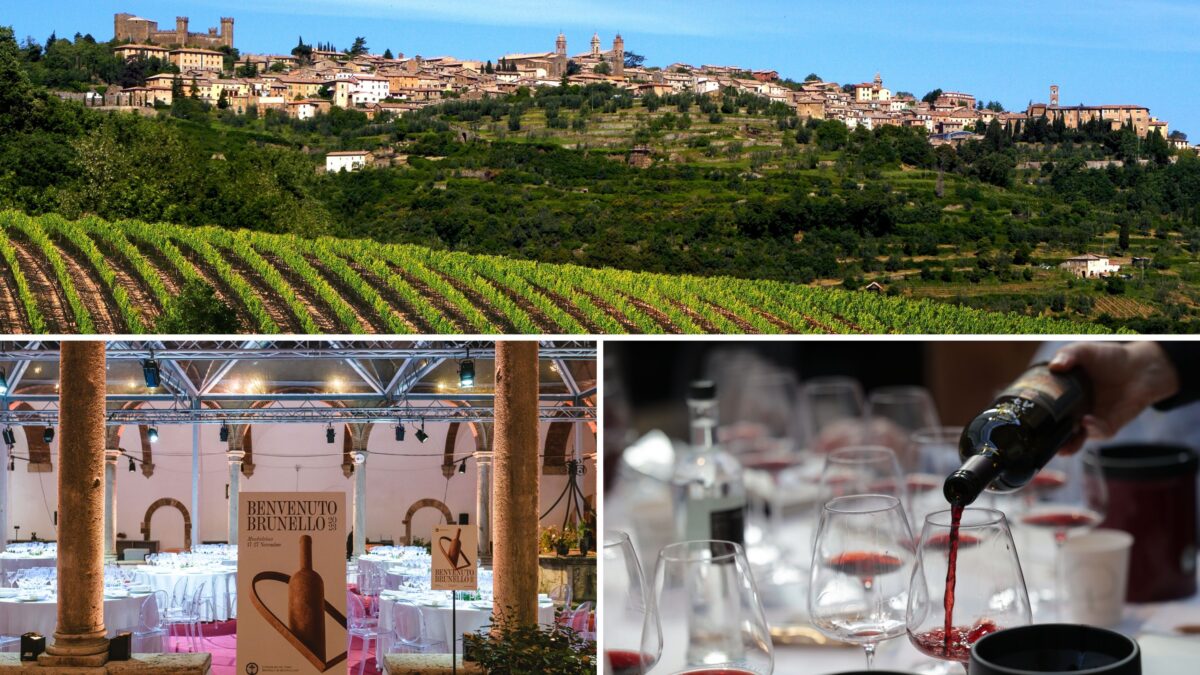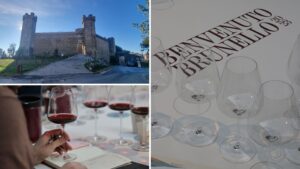Celebrating a quarter-century of excellence, Fufluns Wine Travel Concierge, led by Filippo Magnani, commemorates its 25th anniversary, marking a significant milestone in delivering unparalleled wine travel experiences throughout Italy. As a renowned wine travel expert and wine writer, Magnani has spent decades exploring and documenting Italy’s rich wine heritage, showcasing its diverse destinations and the personalities behind its celebrated wines. This occasion reflects not only the success of Fufluns Wine Tours but also Magnani’s contributions to the global appreciation of Italian wine culture through his writings and curated experiences.
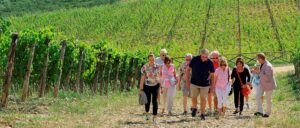
Inspired by the flourishing wine tourism industry in Napa Valley during the 1990s, Magnani recognized Italy’s untapped potential and sought to elevate the wine touring experience in his native country. In July 1999, he founded Fufluns Wine Travel Concierge, pioneering the path as the first Italian wine travel planner dedicated exclusively to Italy’s rich wine heritage. Named after the Etruscan God of Wine, Fufluns, under Magnani’s stewardship, has built a reputation for its immersive itineraries that seamlessly blend ultra luxury experiences with Italy’s undiscovered gems. Fufluns unwavering commitment to authenticity, quality, and personalization has cemented its status as a leader in the industry, creating the opportunity for people from around the world to engage with the wine regions and people of Italy.
“Reflecting on 25 years of Fufluns Wine Tours, I am filled with gratitude for this quest we’ve undertaken,” says Filippo Magnani, Founder and Supervisor, who oversees a team of ten wine expert guides – all holding WSET or Master Sommelier certifications. “We craft a diverse range of thoughtfully designed wine travel experiences led by a team of knowledgeable wine experts, ensuring an authentic and enriching experience for each guest, from avid wine enthusiasts and collectors to wine schools, wine clubs, and industry professionals such as sommeliers and importers.”
Magnani’s extensive experience in the wine trade, including holding the Wine & Spirit Education Trust Diploma (DipWSET), as a wine writer, and wine travel advisor, has enriched Fufluns’ offerings with depth and sophistication. His and his team’s commitment to excellence and their ability to weave together the cultural, historical, and sensory aspects of Italian wine make Fufluns Wine Tours not just a journey, but a celebration of Italy’s enduring wine legacy.
To celebrate the company’s 25th Anniversary, Magnani and his team are thrilled to debut an enhanced Fufluns website, featuring a range of new personalized, comprehensive, and deluxe wine itineraries throughout Italy. Visit www.fufluns.com to learn more. Filippo is also pleased to showcase a refreshed version of his personal website, www.filippomagani.it, focused on his writings and collaborations, consulting experiences, and career achievements.
In addition, Magnani is proud to announce the launch of a quarterly newsletter, along with a new logo ”A Journey Through Italian Wines”. Featuring captivating insights into Italy’s wine destinations, exclusive interviews with key personalities in the wine and hospitality industry, detailed wine tasting notes, and selected excerpts from Magnani’s personal blog, Tales Behind The Wines, this newsletter aims to further enrich the understanding and appreciation of Italian wine culture among enthusiasts and professionals worldwide.
Furthermore, throughout 2024, Magnani will personally lead tours for various wine club groups and private wine collectors across Italy. These tours, featuring long-standing partners and loyal clients, are a special celebration of Fufluns’ 25th anniversary, allowing Magnani to share the beauty and richness of Italy’s wine regions and producers with those who have supported his journey. As Fufluns continues to innovate in the wine travel space, Magnani’s goal is to strengthen his expert team, further enhancing Fufluns’ ability to offer unique and memorable wine experiences while maintaining the personal touch that has distinguished them in the industry.
Magnani will also be participating in a charity auction as part of The Golden Vines Awards this October in Madrid. For this event, he has created a special auction item: “VIP Experience — Discovering the Iconic Bolgheri”, in which he will personally accompany six passionate donors on a visit to the historic estates of this famed Tuscan region. All proceeds will be donated entirely to the Gérard Basset Foundation.
Source: Fufluns Wine Tours

